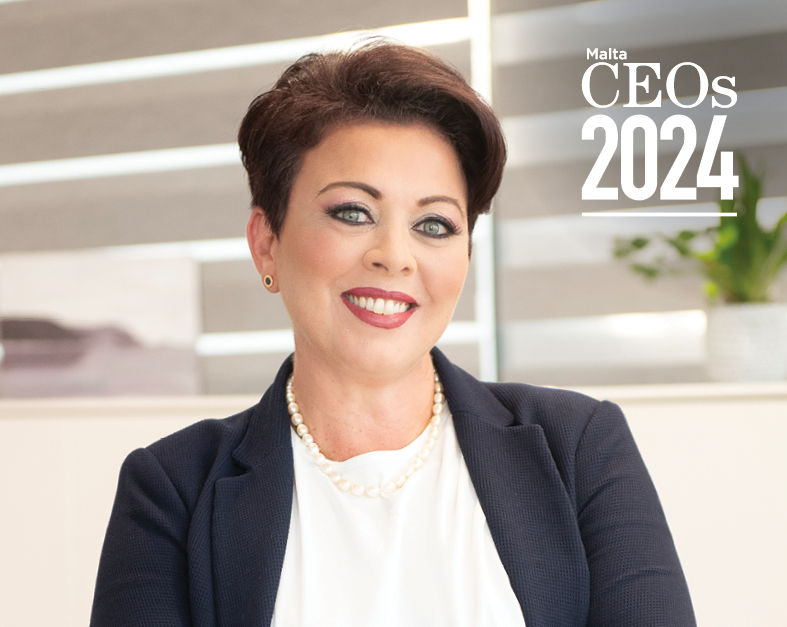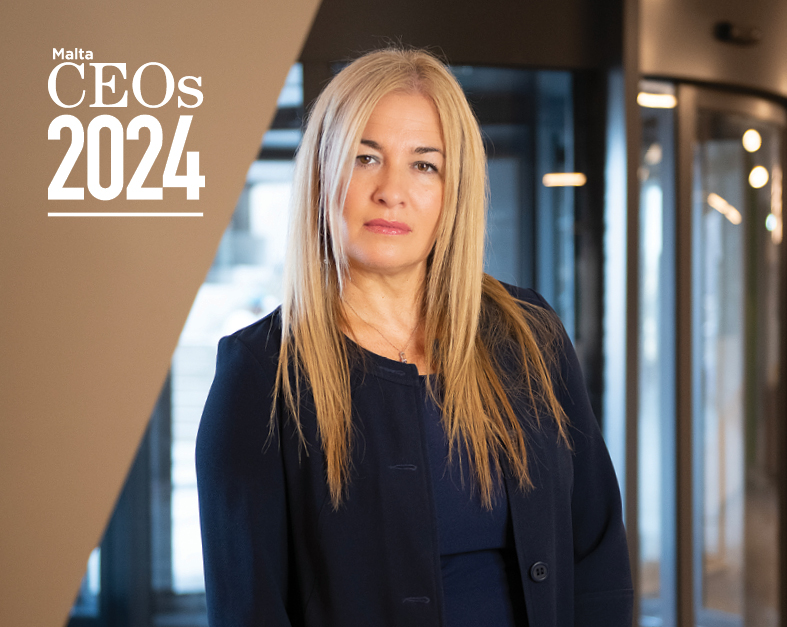There’s no denying that retail experienced a huge shift in e-commerce with the onset of the COVID-19 pandemic.
In a roundup released by ROI Revolution – a US-based e-commerce marketing agency for various brands – in July of this year, it was reported that global e-commerce in the retail industry was up 95 per cent this June over June 2019.
In the latest issue of Digital Island, Charles Borg, Executive Director and CEO of PG plc (Zara, Zara Homes, Pama Shopping Village and PAVI Shopping Complex) agrees that “there has indeed been an exponential rise in online sales experienced at the supermarkets and yet higher for our fashion sector.”
“The shift to digital is here to stay. In fact, Zara’s mother company Inditex, is currently dedicating substantial investment into their online sales platform,” Mr Borg says.
“In my opinion,” he adds, “whereas the upbeat online shopping trend does not threaten the existence of traditional high street shopping, whether for the fashion or grocery sectors, it most certainly affects it.”
“As stated in the financial statements issued last month, our online sales for fashion retail equate to 12-15 per cent of total sales, which indicates clearly that physical shopping is still the greatest force with a substantial gap. This number is significantly less when it comes to online sales for groceries. The ripple effect of when a customer shops online – particularly for groceries – is that the element of impulse buying is significantly reduced,” the PG CEO continues.
Beyond this, online shopping carries a considerably higher cost for the merchant when compared to in-store sales.
In-store overheads are fixed, which means that each customer shopping in person does not result in added costs to the company. On the contrary, for every online purchase, an employee is required to spend time in the store or supermarket preparing the order, after which, a delivery must be made.
Mr Borg says, “these added cost implications are not to be overlooked. Many people assume that the online offering, which reflects in increased sales, necessarily results in better margins.”
“This is not always the case since online sales are more expensive to prepare and unless the online order is of a certain amount, then the cost of preparing and delivering the shopping basket will be higher than the margins we make. Therefore, our job is to improve our efficiency in collecting the goods to minimise our overall expense.”
“We are currently investing in new technology whereby the trolley itself is a cash counter so that the person picking up the goods will be able to encash at the same time as he/she is putting the goods in the trolley. This will save a lot of time and improve efficiency,” Mr Borg adds.
As a result of the fashion industry feeling some of the biggest shockwaves from the coronavirus pandemic, digital was crucial to fashion’s survival last year. The online channel saw growth for fashion brands last year and global digital sales are expected to increase substantially this year.
However, that doesn’t equate to a rise in profits. Mr Borg shares, “the selling price of the garment remains the same whether it’s available online or in-store, meaning that the extra preparation and delivery costs must be absorbed by the company.”
“Both in terms of food and fashion,” he expands, “in-store sales are still by far the company’s bread and butter. Nonetheless, we will of course, still work to better the online buying range and experience as much as possible, because after all, we are contending with competitors, and it is necessary to offer customers as much flexibility and ease as possible.”
“While focusing on our online offering, we are also working hard at continuing to create shopping destinations of our two supermarket outlets, PAVI and PAMA. Taking PAMA as an example, a customer generally does not visit simply for supermarket shopping, but also enjoys the other retail, catering and service offers.”
“We are in the process of creating the same at our PAVI outlet, as we continue to grow the area and offering. It is our objective to create a holistic experience for both outlets, ensuring a pleasant experience to our customers and their repeat custom,” he shares.
Small businesses are likely to be negatively affected by the trend towards online shopping due to their economies of scale. Whereas many will strive to offer online shopping and delivery, they may find that the costs entailed render the operation unfeasible.
Smaller supermarkets will find it challenging to bulk-buy to the extent that the larger supermarkets can, also creating an added disadvantage.
On this subject, Mr Borg, says “there is always going to be scope for the village grocer because of proximity, but with the increase in large supermarket outlets, the purpose of the village grocer is likely to be reduced to the basics and essentials.”
This forms part of a wider feature carried in the latest edition of Digital Island.
Balancing higher income and job satisfaction: A request for financial and career advice
An Anxious Project Manager is at a crossroads, having secured a considerable raise but must also contend with a boss ...
Kevin Cardona named new BOV Chief Financial Officer
He succeeds Izabela Banas, who left the bank last February.
Change main feature of 2023, more expected in 2024 – Harvest Technology Chairman Keith Busuttil
During 2023, Harvest Technology registered a 60.3% decrease in pre-tax profit, after contract delays and provision charges.
Soaring demand for property in St Paul’s Bay not likely to be replicated elsewhere – RE/MAX CCO
He says RE/MAX has called for clarification on NSO data, given that in statistics, Buġibba, Burmarrad, Qawra, and Xemxija are ...











